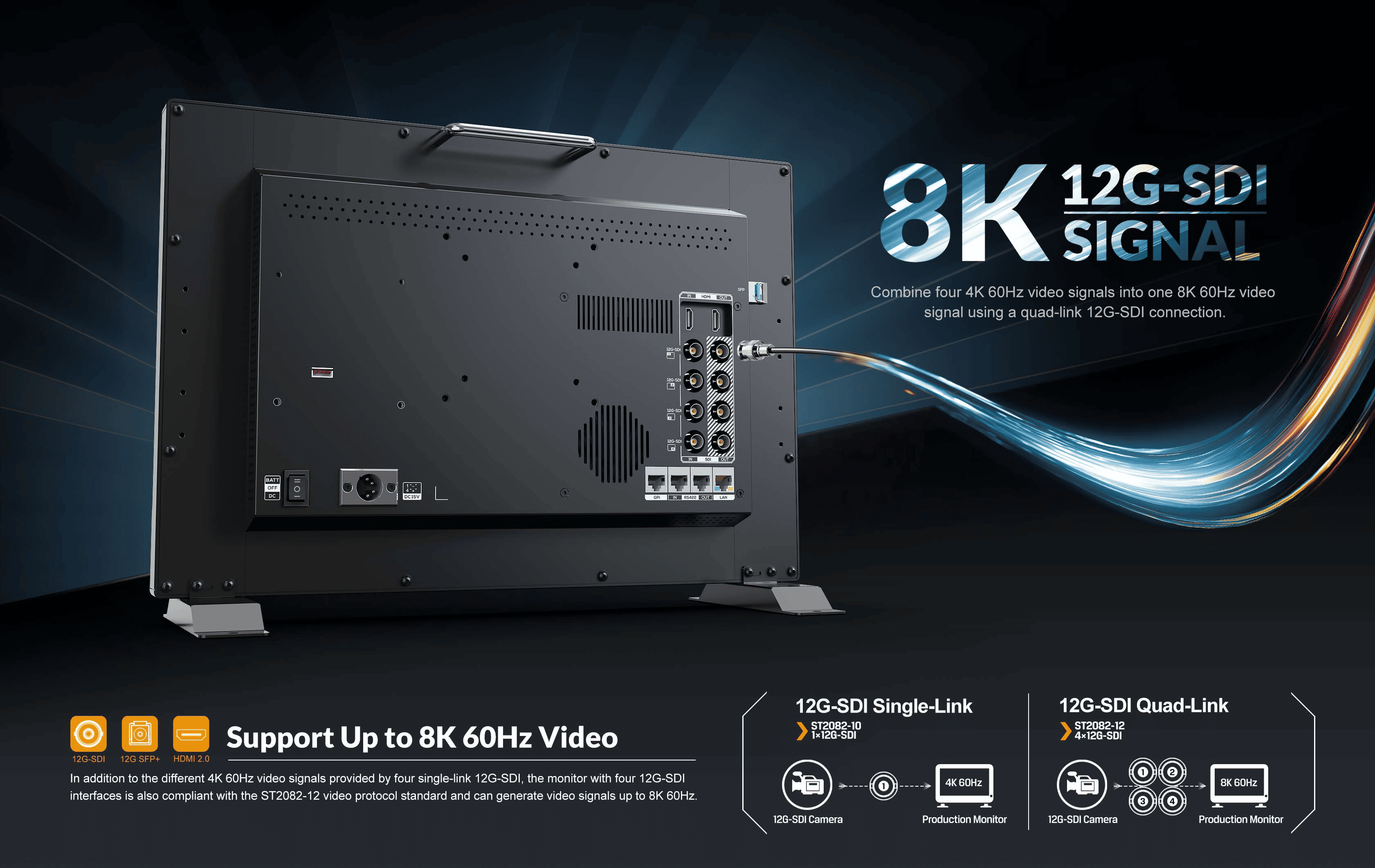SDI video signal has long been the base of professional broadcasting systems. Below is an analysis of its advantages in the broadcast industry.
Real-Time and Lossless Transmission
SDI is designed for uncompressed, baseband signal transmission, ensuring near-zero latency (microsecond-level delays). This makes it ideal for live broadcasting, that require precise timing synchronization.
High Reliability and Stability
As a decades-old standard, SDI hardware (e.g., cables, routers) is rigorously tested and standardized. Its physical connections resist electromagnetic interference, ensuring stability in complex broadcast environments.
Plug-and-Play Compatibility
SDI interfaces are universally integrated into broadcast equipment (cameras, switchers, monitors), enabling seamless connectivity without protocol negotiation. Embedded audio support simplifies signal routing.
SDI remains valued for its real-time performance, reliability, and security, particularly in live broadcasting and mission-critical environments. However, its bandwidth limitations, physical constraints, and high costs hinder adoption in ultra-high-definition (UHD) workflows. While newer standards like 12G-SDI address some challenges, the industry increasingly seeks hybrid solutions to balance SDI’s strengths with emerging technological demands
LILLIPUT
2025.5.7
Post time: May-07-2025

